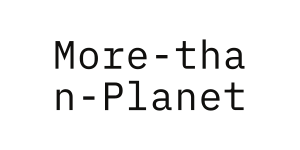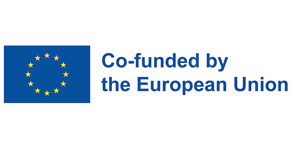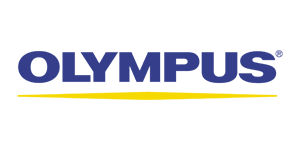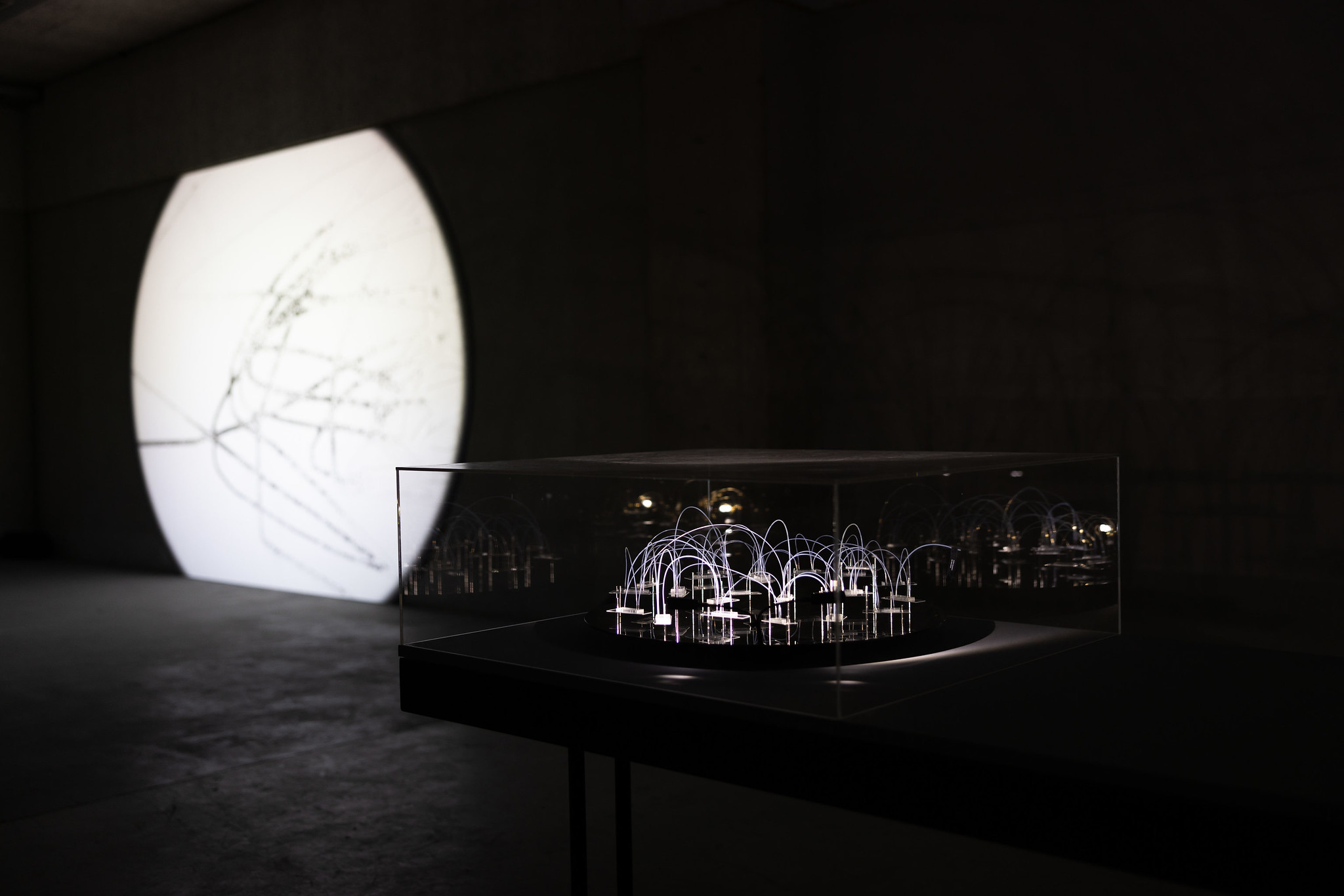The Microfluidic Oracle Chip & Autopoesis Answering Machine is a small cybernetic device powered by droplets flowing through tiny channels made of microscopic handwritten questions by the artist. These channels create a network of interconnected microfluidic chips, through which fluids are flowing, similar to blood running through veins. The droplets called “GUVs,” have a polymer coating and are otherwise used to study biological membranes and build artificial cells.
Most of the questions were posed by the scientists involved, asking for solutions to scientific puzzles, while others address everyday problems. The droplets flow towards either YES or NO, then they move on to the next question, continuing their journey.
It offers a view into a “Universe of Questions”, providing YES or NO answers.
Version #7 is based on a conversation with Chat GPT the chatbot was asked if it had any unanswered questions. Despite Chat GPT’s self-proclaimed limitations, the questions were answered by the oracle.
Credits
MOC&AAM is a project by Agnes Meyer-Brandis in collaboration with Naresh Yandrapalli and the Tom Robinson Lab at the Max Planck Institute of Colloids and Interfaces [MPIKG]. With kind support of the Stiftung Kunstfonds.
Olympus / Mikroskop
Sound: Michael Moser
This project is presented in the context of the More-than-Planet project co-funded by the Creative Europe Programme of the European Union.

Agnes Meyer-Brandis (DE)
Agnes Meyer-Brandis is a Berlin based artist with a background in sculpture and new media. She creates works on the fringes of science, fiction and fabulation. She has founded the Research Raft, an Institute for Art and Subjective Science that purposefully “asks questions but gives no answers” in fields such as climate research, environmental studies, meteorology, as well as synthetic and artistic biology. Meyer-Brandis’ work has been exhibited worldwide and awarded with many prizes, including two Prix Ars Electronica Awards of Distinction and the European Kairos prize.



